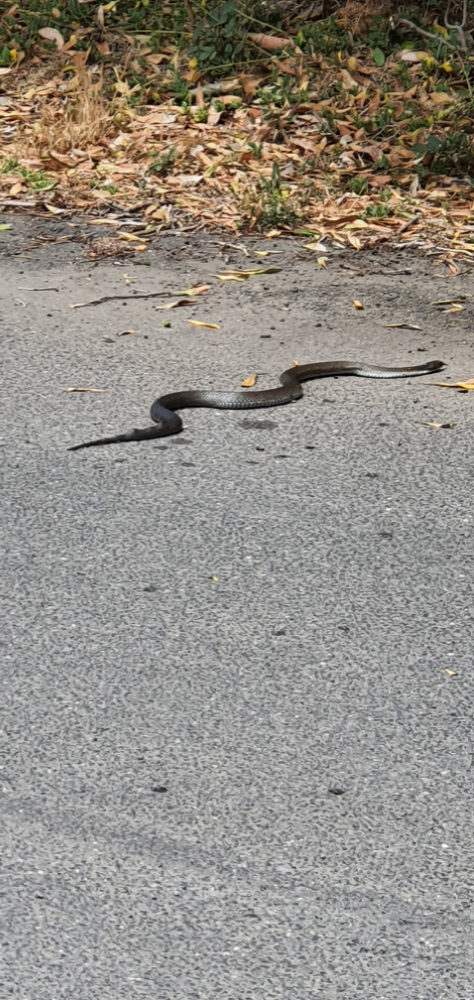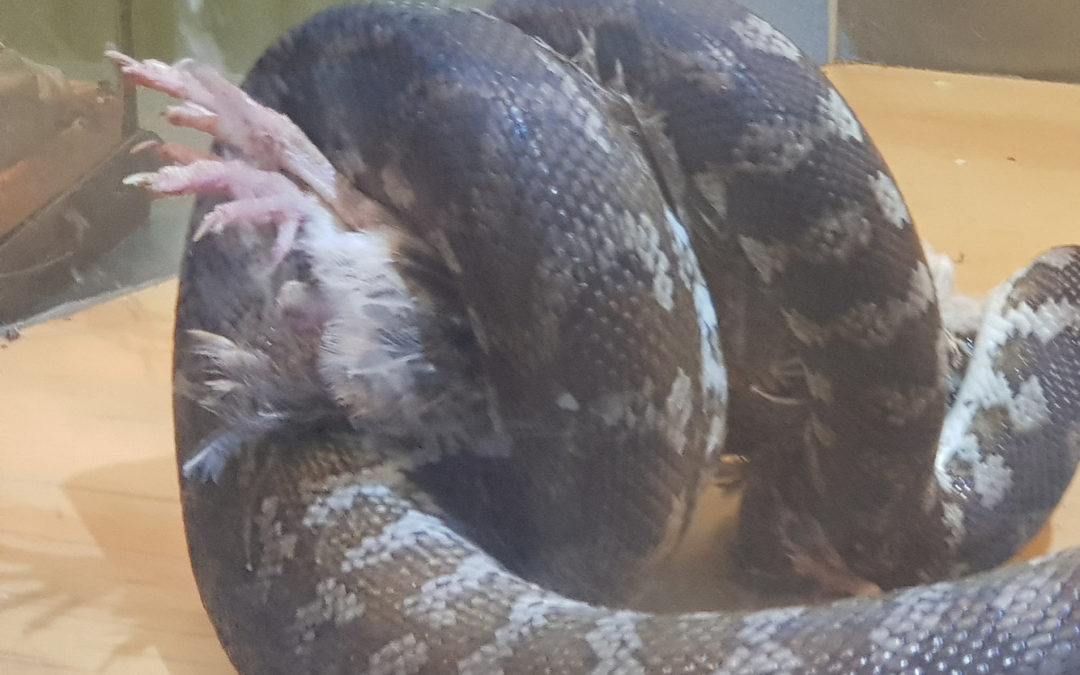In Australia, there are around 100 species of snakes. These include Brown Snakes, Taipans,
Tiger Snakes, Death Adders, Copperheads, Mulga Snakes and Small-eyed Snakes. Each of
these species can cause moderate to severe symptoms for people if they are bitten, even if
venom is not released.
Most Victorian zoos and reptile centres have enclosures dedicated to educating the public about
these cold-blooded creatures, so if you want to learn more, head to Healesville or Ballarat or
Phillip Island and see them for yourself (behind glass, of course!).
During winter when it’s cold Australian snakes hibernate. They find a warm spot and sleep
while the weather is chilly. But from October to March they uncurl and head out looking for sun
to bask in. Unfortunately that’s exactly when tourists are doing the same thing.
When you’re out walking the trails on your outdoor adventures through the mountains or in
the scrub near the ocean be mindful and know what to do if you do encounter a situation.
How to avoid being bitten by a snake
- Always be aware of your environment
- Don’t ever try to handle or kill a snake if you are not a professional
- If you see a snake, stay away from it and stand still until it leaves the area
- Make noise while you walk. Snakes feel your vibrations and will try to get away from you
- Always wear long pants and covered shoes if walking in bushland, long grass, remote areas or if you’re working in your garden.
What to do if you are bitten by a snake – First aid
Australian brown snakes are found all across the country and their venom can be deadly. You
must take all snake bites seriously, especially if you don’t recognise the type of snake that has
struck you. Often, things happen very quickly and the snake is nowhere to be seen by the time
you realise what’s happened.
When a snake successfully injects venom through a bite, it will travel through your lymphatic
system and into your bloodstream. From here you can experience serious symptoms which
have long lasting consequences on the nerves and muscles.
If you or someone you are treating has been bitten by a snake, it’s really important that you
know what to do to give them the best chance of survival.
Try to stay calm and focus on administering first aid to the casualty.
Follow these First Aid steps: DRSABCD
⇒ D anger
⇒ R esponse
⇒ S end for Help ( Call 000)
⇒ A irway
⇒ B reathing
⇒ C ardiopulmonary Resuscitation
⇒ D efibrillation
- Check the area for danger
- Roll them onto their back and reassure them that you will help
- Apply broad pressure immobilisation bandage as soon as possible and keep the limb still
What to do if someone stops breathing:
- Check there is nothing in their mouth and that their airway is clear
- Apply 30 compressions to their chest to keep the heart pumping
- Hold their nose closed, cover their mouth with yours and give two breaths
- Repeat compressions and breaths at a rate of 30:2 until help arrives or the casualty starts breathing again
Wait with the casualty, monitor and record any changes in their condition. If you can, record the time the bite occurred and when the bandage was applied. The paramedics will appreciate as much information as you can give them. If it’s been a while since your last first aid course, consider updating your training and do a first
aid course with St John’s Ambulance before you hit the trails. They give clear steps for snake bite treatment.
Have you ever seen a snake in the wild?
Did you recognise the snake you saw? What was your reaction? Share your stories with us.
If you liked this article please share:
NewsLetter
Keep in touch. Subscribe to our blog for more Victorian travel stories
Tours From: $99.00



Recent Comments